Hi Bastian,
can you tell us a little bit about yourself and why you use manual Lenses?
Bastian: I am a bridge engineer from Germany and my lovestory with manual lenses began with the 50mm 0.95 Mitakon and the 12mm 5.6 Voigtlander used with the Sony A7. I couldn’t believe it being possible to get consistently sharp results with a lens like the 50mm 0.95 after I have so badly failed using an Ai-s Nikkor 50mm 1.2 on my D800 (which was even equipped with an EG-s focusing screen). The 12mm 5.6 on the other hand was a total relief in terms of size and weight and so I was hooked. Right now I have sold almost all of my Nikon gear. If you are curious you can read the whole story here: my transition from Nikon to Sony.
It is also a matter of fact that by the time I was using manual lenses I realised I don’t need AF for most of what I am doing and so today I am confident enough to even shoot weddings without AF lenses.
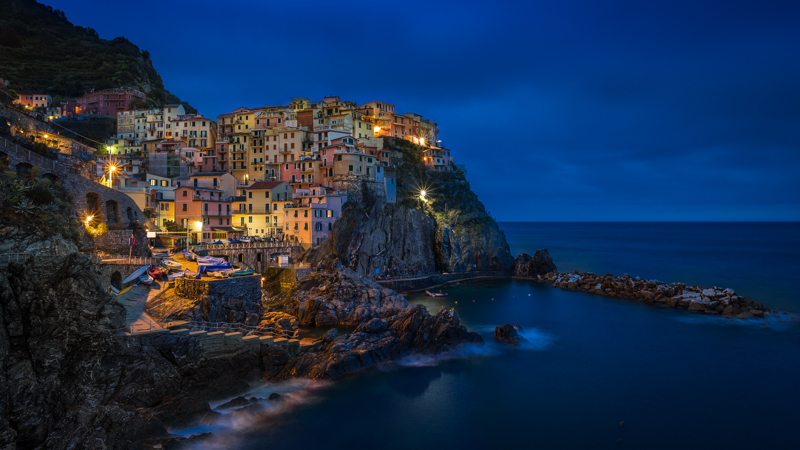
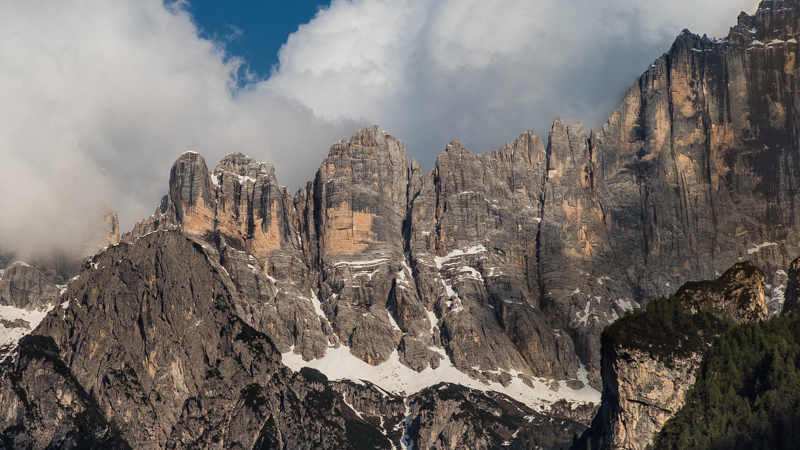
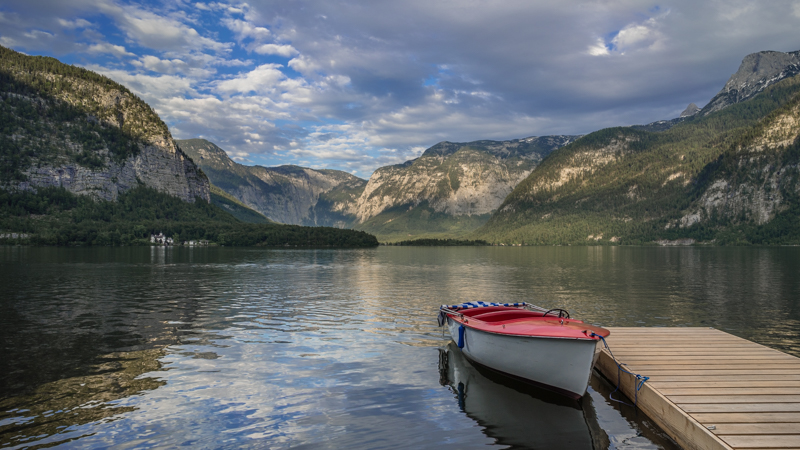
Can you give us a look into your camera bag and tell us a little about your gear?
Cameras
- Sony A7rII – The replacement for my former D800. What really grinds my gears is the bad Auto-ISO implementation for lenses shorther than 60 mm, otherwise great camera which I now use for most of my landscape and architecture work.
- Sony A7s – Still gets love. Preferred choice for astrophotography and High ISO work and when I want to save some more weight (and HDD storage 🙂 )
- Panasonic Lumix LX100 – My compact camera and also the camera with the best handling I have ever seen. Sony: please copy just the whole button layout.
Lenses
My “go to” kit consists of the following lenses:
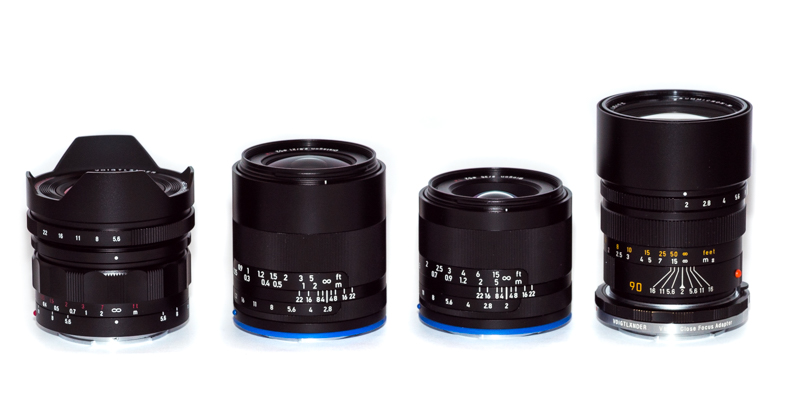
- Voigtlander 10mm 5.6 – Widest rectilinear lens there ist. “Nuff said.”
- Zeiss Loxia 21mm 2.8 – There simply is nothing wrong with this lens: sharpness, sunstars, bokeh, size, contrast, flare resistance, small filter diameter. I wish every lens was like this.
- Zeiss Loxia 35mm 2.0 – To be honest it took some time but this lens has really grown on me. Stopped down exceptionally high contrast and a plasticity hard to describe.
- Leica Summicron-M 90mm 2.0 pre Asph – Very nice bokeh, decent loCA correction and simply a joy to use. Stopped down very contrasty as well.
Special purpose lenses:
- Samyang 14mm 2.8 – Used for some astrophotography but might be replaced by Irix 15mm 2.4 or Laowa 12mm 2.8 in the (near) future.
- Voigtlander 50mm 1.5 Nokton – My small and fast 50.
- Mitakon 50mm 0.95 – My not so small but even faster 50 for seeing in the dark.
- Canon 135mm 2.0L – Astonishing portrait lens.
- Sigma 150mm 2.8 macro – Wonderful macro lens which I am also using for many product shots in my reviews.
Accessoires:
- Bags:
Think Tank Photo Urban Approach 5*
Think Tank Photo Retrospective 7* / 13L
* with generic camera insert
*
MindShiftGear Rotation 180 Panorama* / Professional
*
- Tripods (also see this article):
Velbon UT 43D-II
Gitzo GK1582OT + Sunwayfoto FB28i-DDH - Hitech 67mm Filter system (also see this article)
*affiliate links
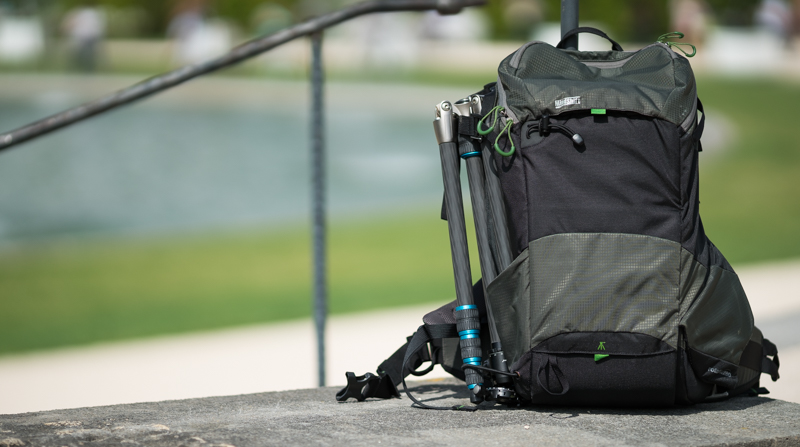
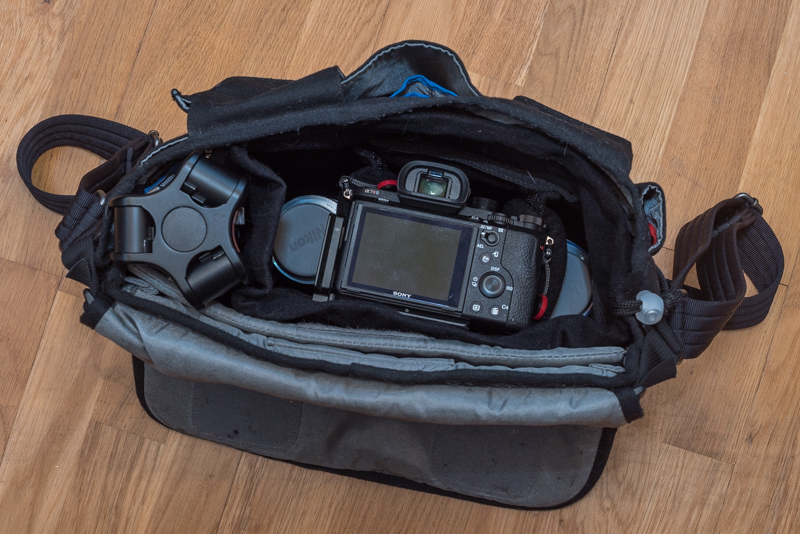
Do you have a favorite subject matter?
B: Cityscapes at night during the golden and blue hour followed by landscape and (abstract) architecture photography. I always strife to look for new perspectives in places that have been photographed to death or not been photographed at all and I love to include reflections in my photos. I also like doing portraits but there really has to be a connection between me and my subject to create a great image here.
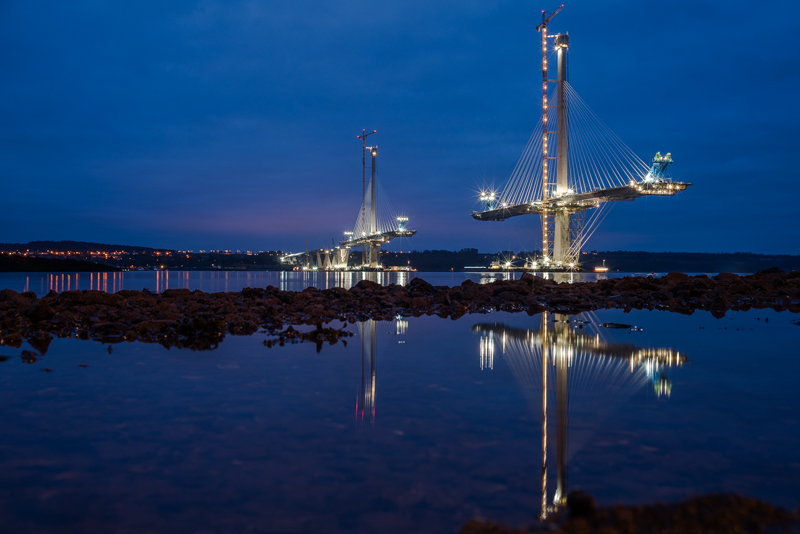
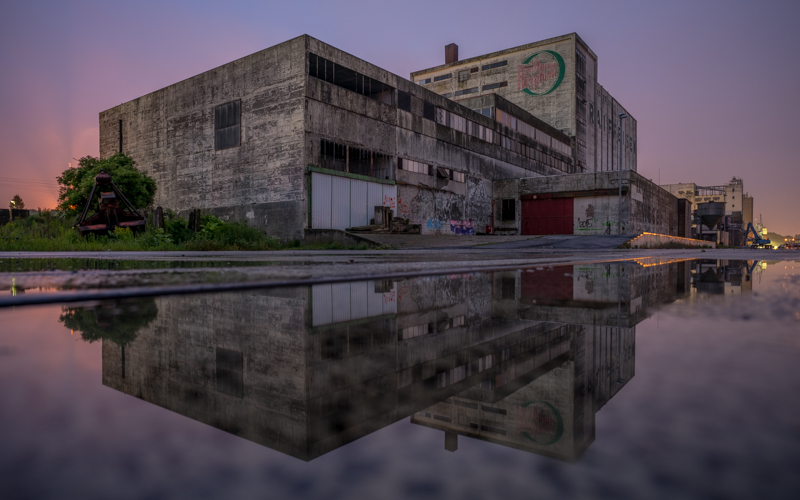
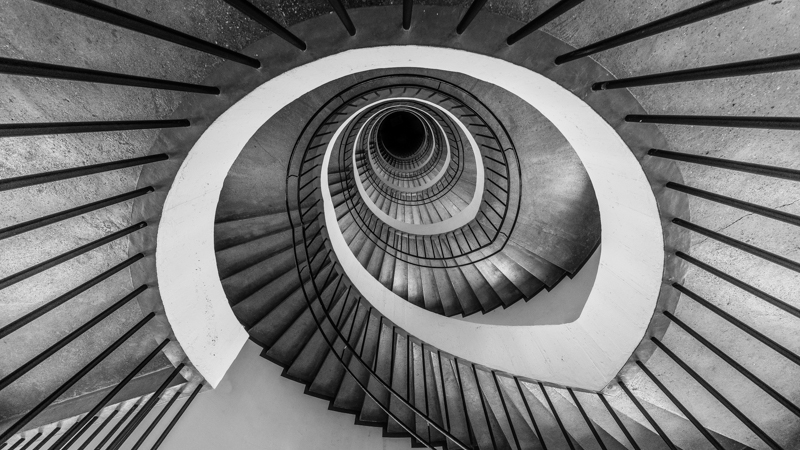
Is there a photographer which has inspired you ?
B: Bruce Barnbaum with his second book “The Essence of Photography“* has definetly influenced me and this is the best book on photography I have read so far. Despite the hype I was somehwat underwhelmed by his first book (“The Art of Photography
“*) but the second was all I hoped the first one to be for. *affiliate links
Although I am not really a wildlife shooter I also follow Thom Hogan‘s work and blog because his “monthly teaching points” often offer great insight and when talking about cameras he puts great emphasize on usability, not only image quality as many others do.
Same goes for Ming Thein, as I think he is one of the best photographers of our time who also finds time to share his knowledge. It also seems we both like to take abstract (architecture) photos. And just in case you are reading this: I would love to have you on this series 🙂
Are there certain characteristics that you look for in a lens?
B: For architecture and landscape photography I want very good across frame sharpness stopped down, beautiful sunstars, decent flare resistance and very high (micro) contrast. The Zeiss Loxia lenses are designed exactly like this and therefore were actually a major reason for switching to Sony for me. The new Vogitlander lenses are desinged similarly.
For portraiture the bokeh is the most important aspect for me and this also means the lens should be a decent performer regarding loCA (I don’t like green outlining around my out of focus highlights), but the lens should also have decent sharpness wide open up to the thirds of the frame where I ususally place my subjects. The Leica 90mm 2.0 Summicron-M is a wonderful performer in this regard.
For astrophotography I need lenses to be fast and wide with good coma correction and as least vignetting as possible wide open.
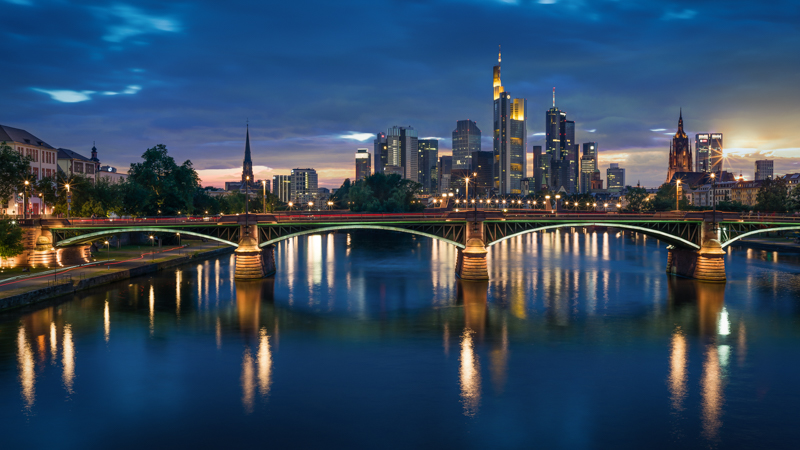
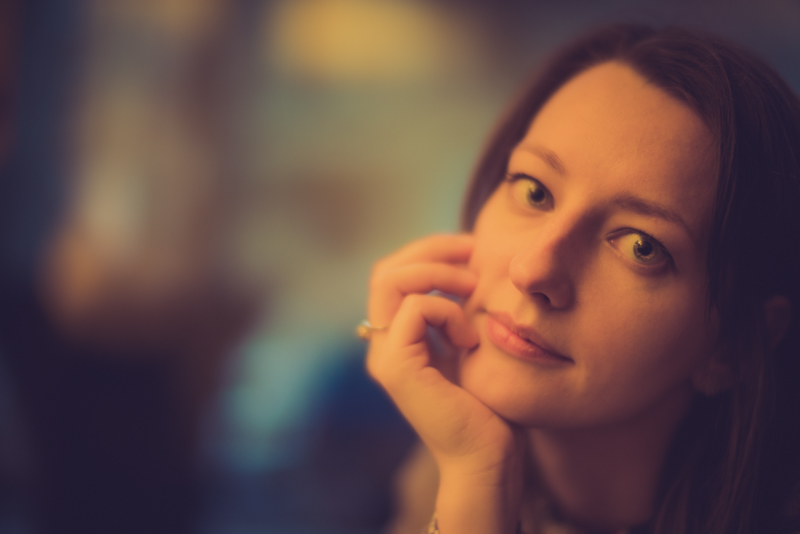
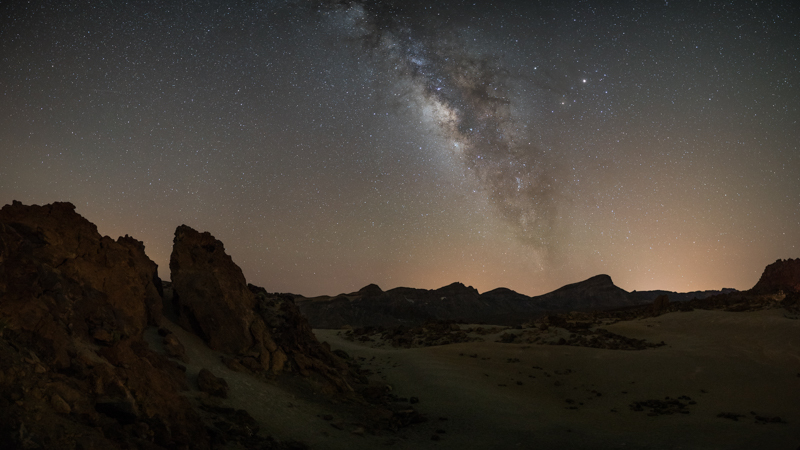
Do you have a favorite lens at the moment?
B: When it comes down to sheer performance the Loxia 21mm 2.8 can’t be beat right now in E-mount land, but so far I have taken most of my personal favourite photos this year with the Loxia 35mm 2.0:
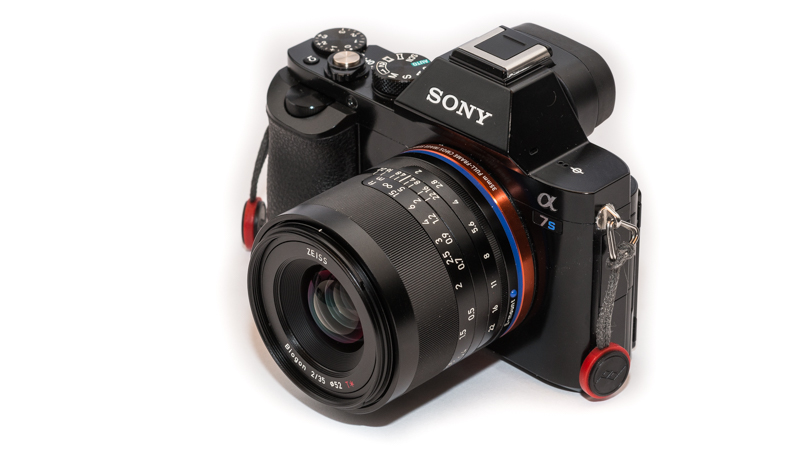
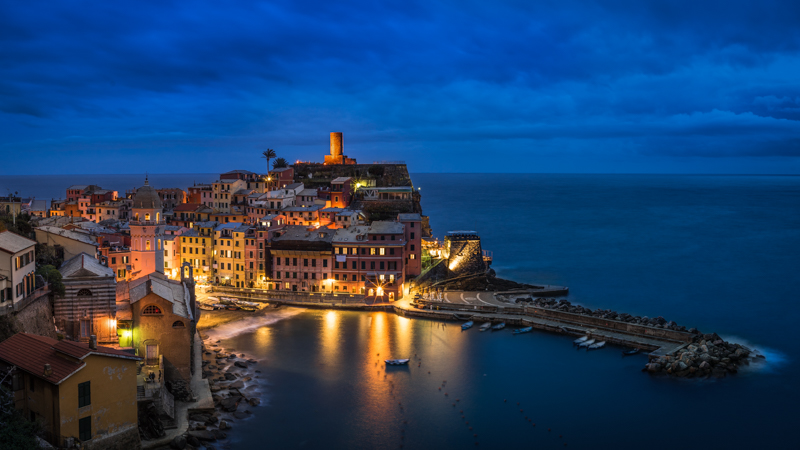
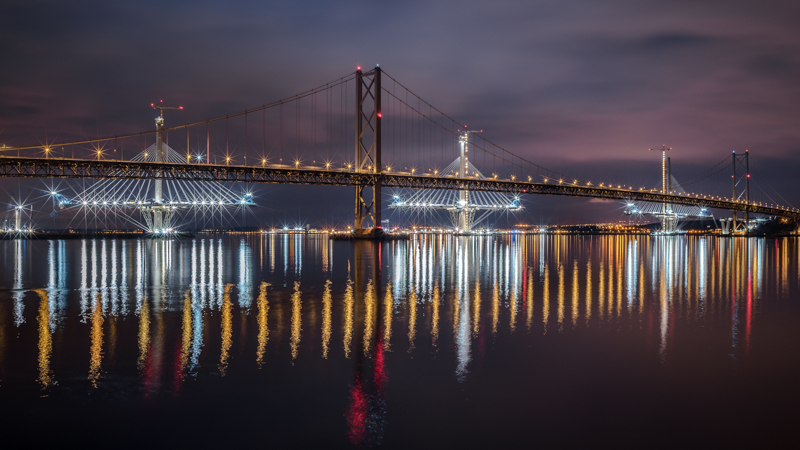
At first I wasn’t exactly overwhelmed by the performance of this lens. Bokeh isn’t the most beautiful and sharpness wide open isn’t record breaking either and “for that” it feels quite expensive. But after having sent the review sample home I kept coming back to the shots I have taken with this lens and especially the nightshots (where I mostly stop down the lens anyway) inherited a clarity I really liked. So finally I ended up buying this lens which I didn’t regret so far.
What do you think is the best picture you have taken so far and why?
B: I always try to improve my skills (technical as well aesthetical), and with every picture I take I strife to surpass what I have done in the past. Nevertheless the following capture is something special for me as it is not only quite unique but also managed to move a lot of people and has now even been printed on a memorial plaque at the pictured bridge.
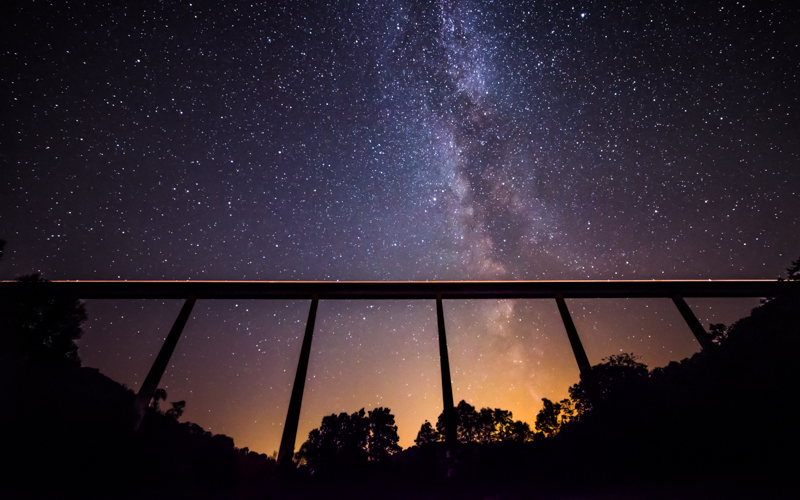
Can you suggest a lens we should review?
B: Laowa 12mm 2.8 and Irix 15mm 2.4 as soon as they become available.
Where can people see more of your images?
https://www.flickr.com/bastian_k
Further Reading
- Filters for digital photography
- Review: Loxia 35mm 2.0
- Manual lenses on the A7 cameras – A beginner’s guide
Latest posts by BastianK (see all)
- Review: Nikon 50mm 1.8 Series E - November 12, 2025
- Review: Nikon AF-S 28mm 1.4 E - November 5, 2025
- Review: Sigma 135mm 1.4 Art DG – The actual Bokeh Master - October 25, 2025

What do you think about reviewing some old nikon lenses such as the 50 1.4 ai
Many old Nikon lenses are pretty expensive as they can still be used on modern Nikon cameras, but I might be reviewing the Series E lenses (have the 50mm 1.8 already)
Bastian
I just forgot, a review of the famous Nikon Ai-s 180mm 2.8 ED is already in the making 🙂
Bastian
Wedding in manual? There musn’t be any children at your wedding 🙂 I have an a7 I had manual exclusively for a while than started to mix with some af using la ea4…Best of both world. They are time where you need af (sport children animals etc….) but sounds like it s not your kind of photos. Anyway good work welldone
Not many children running around, true 🙂
But actually I think I am often faster manual focusing than pushing around the AF focus fields on my former D800 for semi static subjects.
For group shots I also like to see what I will get without having to use an aperture preview button.
But I am totally with you regarding sports, children and animals, I would really prefer AF there.
The “full resolution” link under the Vernazza image downloads a cherry blossom picture …
Fixed, thanks!
Do You have the possibility to try the new Laowa 100mm macro?
Very interesting lens!
A sample is on the way to David who will review it.
Hi Bastian, do you keep the my gear section of this up to date, if not it would be interesting to know what you shoot with now.
Also, I’ve recently bought the voigtlander 1.2/50mm and am strongly considering the 1.5/50mm you used to use (or the new vm ii that’s coming out, or the zeiss sonnar 1.5/50) – any thoughts on this?
Cheers, and thank you for all the reviews you’ve put in, I’ve found them very very useful over the past few months
I try to keep this article up to date and it mostly is.
If you have the 1.2/50 already I see absolutely no reason to consider either of the 1.5/50s. Complete waste of money imho.
Thanks, I’m loving the 1.2/50, and wish to find lenses just like it in other focal lengths, both wider and longer – any recommendations greatly appreciated, budget is not an issue.
A confusion I have is about the 1.2/35 SE, do you know if it is roughly equivalent in feel and results to the 1.2/50, I’ve read pretty much everything on this site, but still can’t tell if it’s a recommended buy or not
TIA for any words you may offer, Nathan
Some lenses that fit the bill:
Voigtlander VM 35mm 1.2 III/SE and VM 75mm 1.5
Sigma 35mm 1.2 Art and Sony FE 85mm 1.4 GM
Thanks Bastian, and thank you for all your work here, your reviews and samples helped me pick a couple of lenses which helped to break a 5-6 year creative block on my photography – I’m now in the process of building completely new kits for myself and my wife, and you wouldn’t believe the difference your posts here have made to our overall quality of life – I’ll pick up the 35 SE and 1.5/75 (instead of the 1.5/50), and the two macro APO lanthars, then go from there.
(Obviously the other authors here are equally as valuable, but your specific photography styles and reviews appealed the most to me personally).
Greetings and thanks from Scotland
Thank you very much!
It might also be worth considering a close-up filter for the VM 75mm 1.5.
I have been using the Leica Elpro4 with an 58-55mm step down ring, e.g. here.
This filter can be found used often.
Would this be in addition to VM-E close focus adapter (I have the voigtlander one already), or instead of it?
Thanks again
In addition or instead, quality will be better compared to close focus adapter “only”.
I found a store in Scotland that is offering it for a really good price, you might want to consider.
This is not an affiliate link, just a store I have had good experience with in the past, buying for myself.
Thanks, I didn’t know that store existed! I did some research and found this little guide, may be useful for somebody reading this thread in the future.
Elpro 1 = +2.44 dpt (f = 41 cm)
Elpro 2 = +4.76 dpt (f = 21 cm)
Elpro 3 = +1.64 dpt (f = 61 cm)
Elpro 4 = +0.74 dpt (f = 135 cm)
I’ve never tried using close-up lenses before, as usually just stick on one of the macro lenses, but I’ll have a go, increasingly doing more photography indoors in the dark months.
I caught this line in the GM 24mm f1.4 review: “Bastian has been a long time user of the Nikon AF-S 24mm 1.4G back when he was shooting Nikon DSLRs.” I was wondering if you could share a quick thought on how the Sony GM 24 and the Nikon 24/1.4G compare?
I’m a Nikon Z shooter looking for a 24mm prime faster than the Z-mount f1.8 that’s available now — mostly environmental portraits and events and just as an everyday walk-aroundbecause I love 24mm, plus a little astro and landscapes. There’s a Techart autofocus adapter that works with the Sony GM lens (reviews largely say it’s solid in AF-S, hunts in AF-C), and its size/weight are absolutely ideal to me. But I’m a little worried about introducing problems, losing out on in-body corrections, etc. by mixing brands and using a third-party adapter. At the same time, I don’t love how front-heavy the f1.4 G primes are on the FTZ adapter, and am hesitant to pay a similar price for something that’s not native to any current mirrorless system. I haven’t found any in-depth comparisons between the two lenses, but know you’ve used both extensively, so I wanted to ask what you thought. Thanks for your time!
The Sony 24mm 1.4 GM is better in pretty much every imaginable way compared to the Nikon AF-S 24mm 1.4G.
I am just not sure if it works that great on a Z camera due to the different filter stack thickness.